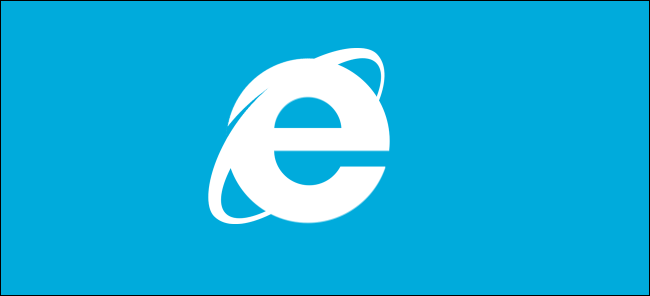Unpatched vulnerabilities in Internet Explorer
Security researchers published limited details about four unpatched vulnerabilities in Internet Explorer because Microsoft has not moved quickly enough to fix them.
The flaws could potentially be exploited to execute malicious code on computers when users visit compromised websites or open specially crafted documents. They were reported through Hewlett-Packard’s Zero Day Initiative (ZDI) program.
 HP’s TippingPoint division, which sells network security products, pays researchers for information on unpatched high-risk vulnerabilities in popular software. The company uses the information to create detection signatures, giving it a competitive advantage, but also reports the flaws to the affected vendors so they can be fixed.
HP’s TippingPoint division, which sells network security products, pays researchers for information on unpatched high-risk vulnerabilities in popular software. The company uses the information to create detection signatures, giving it a competitive advantage, but also reports the flaws to the affected vendors so they can be fixed.
The ZDI team gives vendors 120 days to develop fixes before making limited information about the flaws reported to them public. That deadline was apparently reached for the four Internet Explorer vulnerabilities this week.
The ZDI advisories describe the type, impact and general location of the flaws, but intentionally leave out technical details that could help attackers create exploits for them. In other words, they don’t classify as full disclosure.
Three of the new ZDI advisories don’t have sufficient information for other researchers or hackers to easily rediscover the issues, said Carsten Eiram, the chief research officer at vulnerability intelligence firm Risk Based Security, via email. The fourth one, however, is a bit more detailed, he said.
That advisory, tracked as ZDI-15-359, covers a vulnerability that was used by security researcher Nicolas Joly during the Mobile Pwn2Own hacking contest organized by ZDI in November last year. As part of the contest rules, researchers disclose the vulnerabilities they use with ZDI which then shares them with the affected vendors.
Because it was used at Mobile Pwn2Own, it means that reliable exploitation for this flaw has already been proven and is not just theoretical. According to Eiram, this could make it worthwhile for others to try to figure it out before Microsoft releases a patch. The advisory also mentions the exact affected function—CTableLayout::AddRow().
“I’d say this one may have sufficient information for someone to at least get a good starting point,” Eiram said. “There are so many angles in browser exploitation, so it could still take a while to figure out the exact problem in the function depending on its size, how to trigger it, and then how to exploit it, but it’s plausible that someone would spend some time trying to figure that one out in order to exploit it.”
source:pcworld.com



